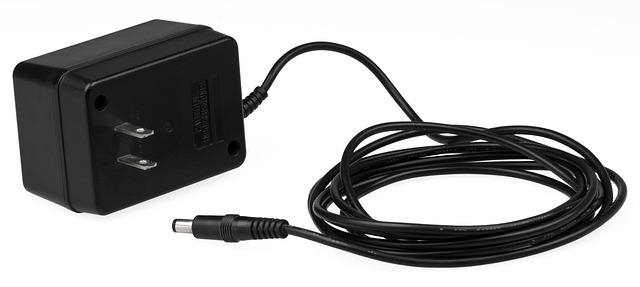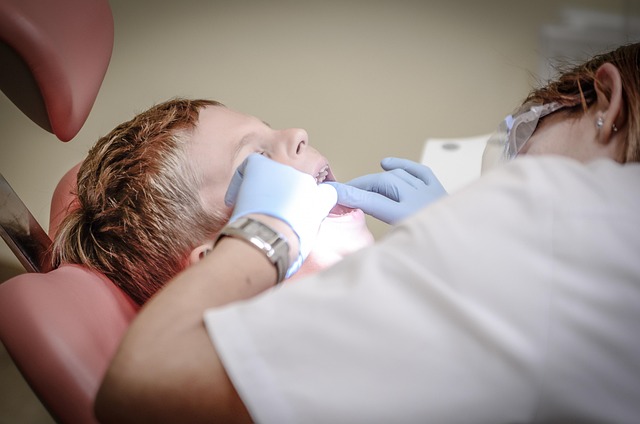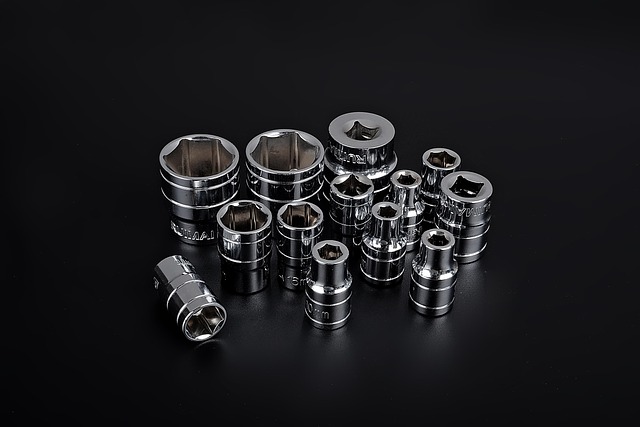Warts, caused by HPV, require tailored removal methods. While at-home treatments may work for mild cases, persistent warts need professional attention from specialized dermatology clinics like Kent Gillingham. These clinics offer safe, effective treatments like cryotherapy, laser therapy, and topical meds with expert advice. Laser therapy is a modern alternative with quick sessions but potential drawbacks of cost and side effects; surgical excision is a permanent solution. Regular check-ups and proper aftercare prevent wart recurrence. Always consult a healthcare provider for the best course of action at a dermatology wart removal clinic.
Get rid of those stubborn warts on your back effectively and safely! Warts, caused by the human papillomavirus (HPV), can be unsightly and uncomfortable. This comprehensive guide explores various treatments from dermatology clinics and home remedies to laser therapy, surgical excision, and recurrence prevention. Understanding different wart types and causes is key to choosing the best approach. Discover expert tips for a smooth, wart-free back, with a focus on safe and effective solutions, including insights into dermatology wart removal clinics.
- Understanding Warts: Causes and Types
- Common Treatment Methods at Dermatology Clinics
- Safe and Effective Home Remedy Options
- Laser Therapy for Wart Removal: Pros and Cons
- Surgical Excision: When and How It's Performed
- Preventing Wart Recurrence Post-Removal
Understanding Warts: Causes and Types

Warts are common skin growths caused by the human papillomavirus (HPV). They can appear anywhere on the body but often show up on the back, hands, and feet due to frequent contact with surfaces or direct pressure. There are various types of warts, each with unique characteristics. Common warts, also known as verrucae, are rough, flesh-colored growths that can be raised or flat. They typically appear on exposed areas like the hands and feet. Plantar warts, on the other hand, grow on the soles of the feet and can cause discomfort when walking. Filiform warts look like long, thin threads and often develop around the nails, eyes, or mouth.
Understanding the causes and types of warts is crucial when considering effective removal methods. Some people might attempt at-home treatments or opt for over-the-counter medications, but for more persistent or unsightly cases, consulting a dermatology wart removal clinic like Kent Gillingham Wart Clinic becomes essential. Professionals there can offer various treatments tailored to the specific type and location of the warts, ensuring safer and often faster results compared to private wart removal Guildford services or even laser wart removal reviews suggest.
Common Treatment Methods at Dermatology Clinics

Many dermatology clinics offer a range of treatments for warts, tailored to individual needs. Common methods include cryotherapy, where liquid nitrogen is used to freeze and destroy the wart, and topical medications such as salicylic acid or imiquimod, which stimulate the body’s immune response to clear the infection. Laser treatment is also an option, particularly for larger or stubborn warts, as it can target the wart with precision while minimizing damage to surrounding skin.
For those seeking professional wart removal in areas like Wolverhampton, Preston, or Lancashire, dermatologist-led clinics provide specialized care. These clinics cater to both men and women, ensuring effective and safe treatments. With advanced techniques and expert advice, they offer a comprehensive approach to wart removal, addressing not just the visible symptom but also potential underlying issues.
Safe and Effective Home Remedy Options

When it comes to safe and effective wart removal on the back, many people turn to home remedies before considering a dermatology wart removal clinic. Homeopathic wart remedies offer a natural approach, using ingredients like apple cider vinegar, duct tape, or banana peels to target and eliminate warts. These methods are generally harmless and can be done at home with minimal discomfort.
For those seeking faster results or dealing with stubborn warts, visiting a dermatology clinic for warts near me could be the next step. Professional treatments like cryotherapy (freezing), laser therapy, or topical medications are highly effective in removing warts, especially on more visible areas like the face. Compare these options with at-home methods and consult a healthcare professional to find the best solution that suits your needs, ensuring a safe and successful wart removal process.
Laser Therapy for Wart Removal: Pros and Cons

Laser therapy for wart removal has gained popularity as a modern approach to dermatology wart treatment. This non-invasive procedure offers precise targeting of the abnormal skin growths, effectively destroying them with minimal side effects. The pros include quick treatment sessions, reduced recovery time compared to surgical options, and the ability to target specific warts without impacting surrounding healthy skin. It’s especially beneficial for those seeking a fast and efficient solution.
However, there are also cons to consider. Laser therapy can be expensive, making it less accessible compared to other methods like cryotherapy or over-the-counter treatments. Additionally, while generally safe, there are potential risks such as skin irritation, changes in skin pigmentation, and, rarely, more serious complications if not performed by a qualified professional at a reputable dermatology wart removal clinic. Private wart removal Sheffield or Maidstone offers specialized care, ensuring patients receive expert treatment tailored to their needs, but it’s crucial to weigh the costs and benefits before undergoing any procedure.
Surgical Excision: When and How It's Performed

Surgical excision is a common procedure for removing warts, especially when other treatments have been ineffective or the wart is particularly large and unsightly. This method involves a dermatology expert carefully cutting out the wart and the surrounding skin to ensure complete removal. The process is typically performed under local anaesthetic to numb the affected area, making it relatively painless.
During the procedure, the dermatologist will use a scalpel or laser to excise the wart, ensuring that all visible and underlying tissue is removed. This method offers a permanent solution, as any remaining root structure is eliminated. Following surgery, the skin is usually bandaged, and patients are advised on aftercare instructions to prevent infection and promote healing. For those seeking private wart removal services, clinics like those in Wolverhampton, Rotherham, or Blackpool offer specialist treatments tailored to individual needs, ensuring effective and safe dermatology wart removal.
Preventing Wart Recurrence Post-Removal

After successfully getting rid of warts on your back, preventing recurrence is key. It’s essential to understand that complete eradication is a multi-step process. Firstly, maintain good hygiene and keep the treated area clean. Avoid touching or picking at the wart, as this can reintroduce the virus. Additionally, consider using over-the-counter remedies or home treatments like apple cider vinegar or duct tape for ongoing protection against new warts forming.
Regular check-ups with a dermatology wart removal clinic, such as those in Guildford or Preston, Lancashire, are recommended. A professional can assess your skin and provide guidance tailored to your needs. They might suggest additional treatments or home care routines based on the severity of your previous warts and your individual case. This proactive approach ensures that any new warts are caught early, making removal easier and preventing long-term discomfort.
Getting rid of warts on the back can be a challenging task, but with the right approach, it is achievable. This article has explored various effective and safe methods, from understanding the causes and types of warts to exploring home remedies, laser therapy, surgical excision, and prevention strategies. By considering these options and consulting with a dermatology wart removal clinic, individuals can select the best course of action for their specific situation. Remember, proper care and follow-up are crucial to ensuring successful wart removal and preventing recurrence.
